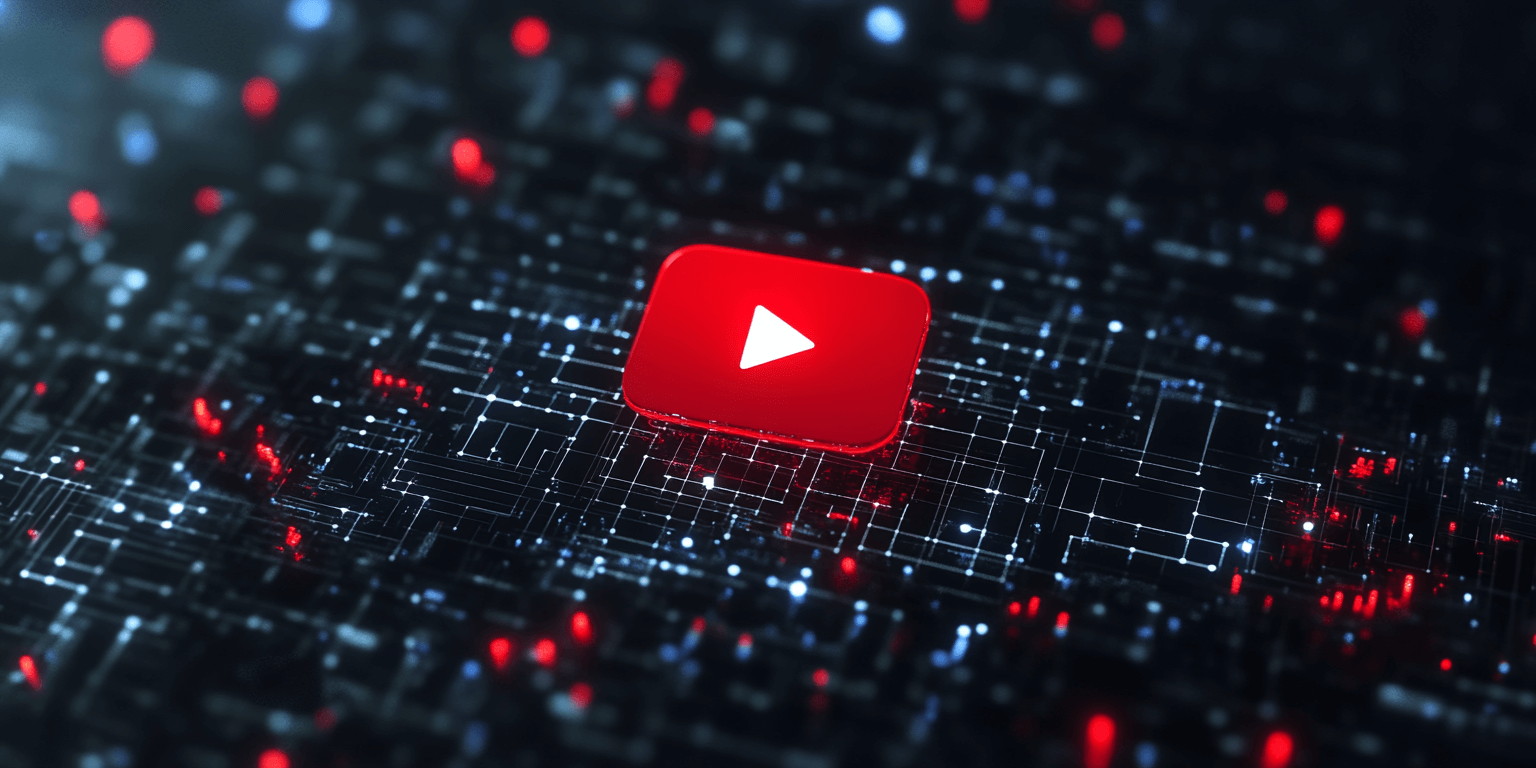As artificial intelligence (AI) continues to evolve, it is increasingly being used by content creators on platforms like YouTube to produce videos. AI-generated content can streamline the creative process, enhance video production, and even automate certain tasks. However, while YouTube does not explicitly ban AI-generated content, there are several guidelines and policies creators should keep in mind to avoid having their videos flagged, demonetized, or removed.
In this article, we’ll explore the types of AI-generated content that YouTube may not favor, and how creators can ensure their content complies with the platform’s rules.
1. Misinformation and Disinformation
One of YouTube’s top priorities is combating misinformation. Videos that spread false or misleading information are subject to removal, and this applies to AI-generated content as well. For instance, videos that include AI-generated fake news or manipulated facts—especially on sensitive topics like elections, health advice, or scientific claims—are at high risk of being flagged or taken down.
YouTube’s policies are especially strict when it comes to medical misinformation and political content. If AI-generated videos intentionally spread incorrect information on these topics, they may be subject to harsh penalties, including removal from the platform.
2. Violent or Hateful Content
YouTube’s Community Guidelines strictly prohibit content that promotes violence, hatred, or harassment. AI-generated content is no exception. If an AI tool produces content that includes violent imagery, hate speech, or abusive language, it may violate these guidelines and result in the video’s removal.
This includes not just obvious forms of hate speech but also subtler content that incites discrimination or hostility based on race, religion, gender, or other protected categories. Creators should ensure that any AI-generated content aligns with YouTube’s policies on promoting respect and safety in the community.
3. Misleading or Manipulative AI Content (Deepfakes)
YouTube takes a firm stance against misleading content, particularly deepfakes—videos that use AI to create hyper-realistic but fake representations of individuals. Deepfakes can be fun and creative when used in a harmless or artistic way, but when they are used to deceive viewers, especially for political or malicious purposes, they can violate YouTube’s policies.
For example, AI-generated videos that manipulate the likeness of public figures to spread false information or cause confusion are subject to removal. YouTube is especially vigilant about deepfake content related to elections and other public events, as these can significantly impact public opinion and trust.
4. Copyright Violations
AI-generated content that uses copyrighted material without permission is subject to YouTube’s copyright policies. For example, if an AI tool generates a video using music, images, or video clips that are protected by copyright, the content could be flagged for copyright infringement, leading to takedowns or demonetization.
Creators must ensure that any AI-generated content adheres to copyright laws. This means obtaining licenses for any third-party material used, or sticking to royalty-free or licensed content to avoid legal trouble.
5. Spam and Repetitive Content
YouTube discourages the use of AI to produce spammy or repetitive content. Creators who use AI to mass-produce low-quality, generic, or repetitive videos solely for monetization purposes may face penalties from YouTube. This includes videos that provide little value to viewers, flood the platform with duplicate content, or manipulate engagement metrics (such as likes and views) through artificial means.
If AI is being used to generate content, creators should ensure that their videos are original, engaging, and provide genuine value to their audience. High-quality content that educates, entertains, or inspires will always be more successful than content churned out for quick revenue generation.
How to Ensure Your AI-Generated Content Complies with YouTube’s Guidelines
- Create Valuable Content: Just because AI can generate content quickly doesn’t mean creators should prioritize quantity over quality. Focus on producing informative, entertaining, or inspiring videos that provide real value to viewers.
- Fact-Check AI-Generated Information: Before publishing AI-generated content, especially on sensitive topics like health or politics, verify that the information is accurate and reliable.
- Avoid Sensitive Topics with AI: Misinformation around sensitive subjects can lead to severe penalties. It’s best to avoid using AI to produce content on controversial or complex topics where misinformation is a risk.
- Follow Copyright Rules: Ensure that any materials used by AI (such as music or imagery) are free of copyright restrictions, or properly licensed for use.
- Steer Clear of Spammy Practices: AI can help with content generation, but avoid flooding your channel with low-effort or repetitive videos that offer little to viewers.
Conclusion
AI has the potential to revolutionize content creation on YouTube, offering creators powerful tools to enhance their work. However, creators must use AI responsibly and ensure that their content aligns with YouTube’s Community Guidelines and policies. By focusing on quality, fact-checking information, and avoiding harmful or misleading content, AI-generated videos can thrive on the platform without running into trouble.
